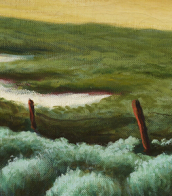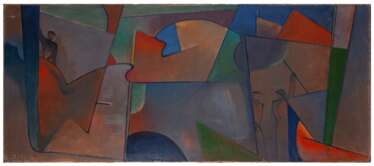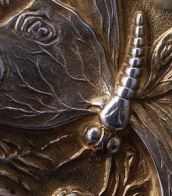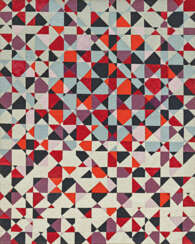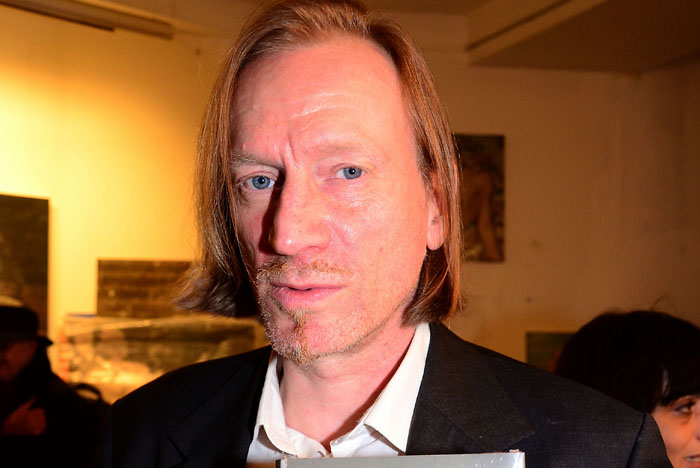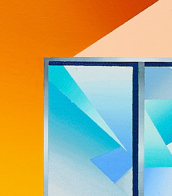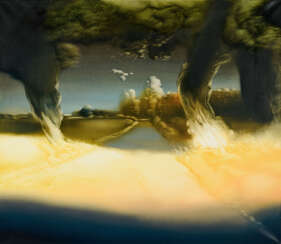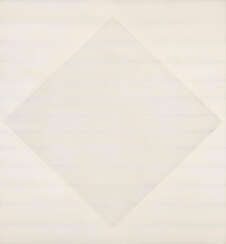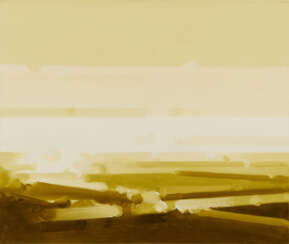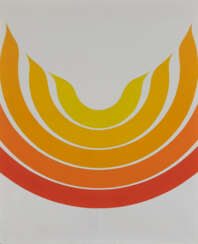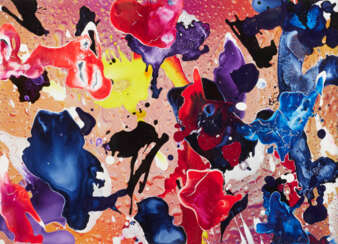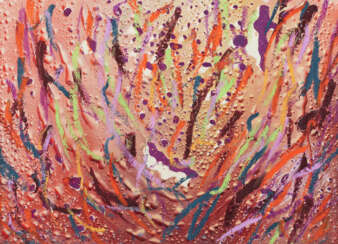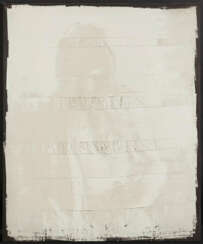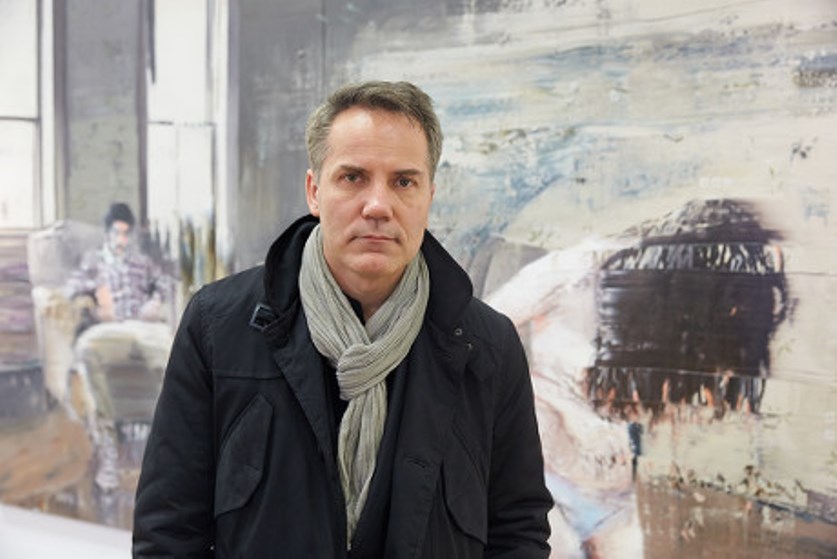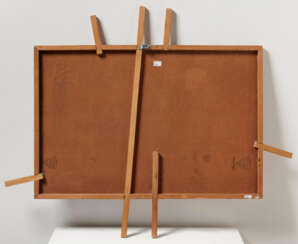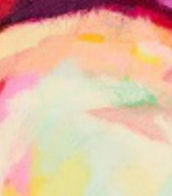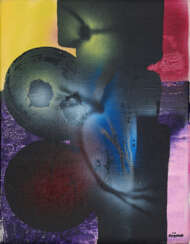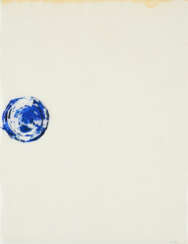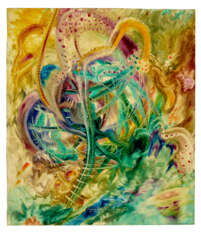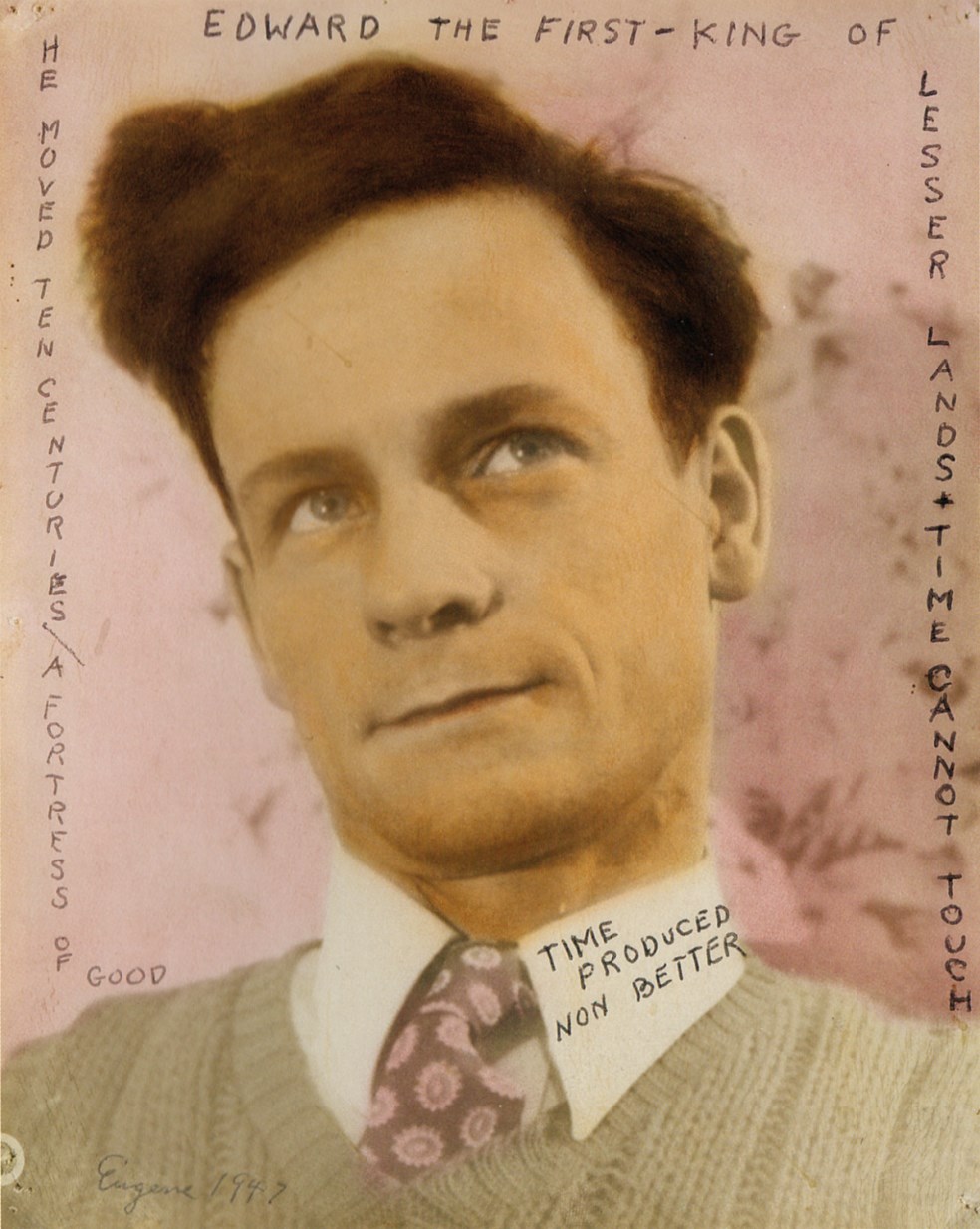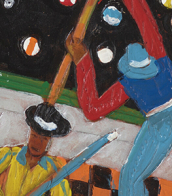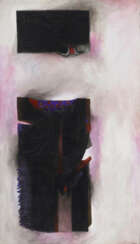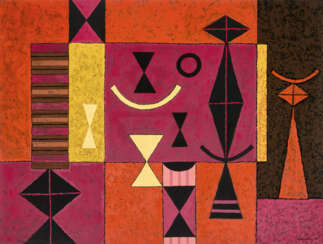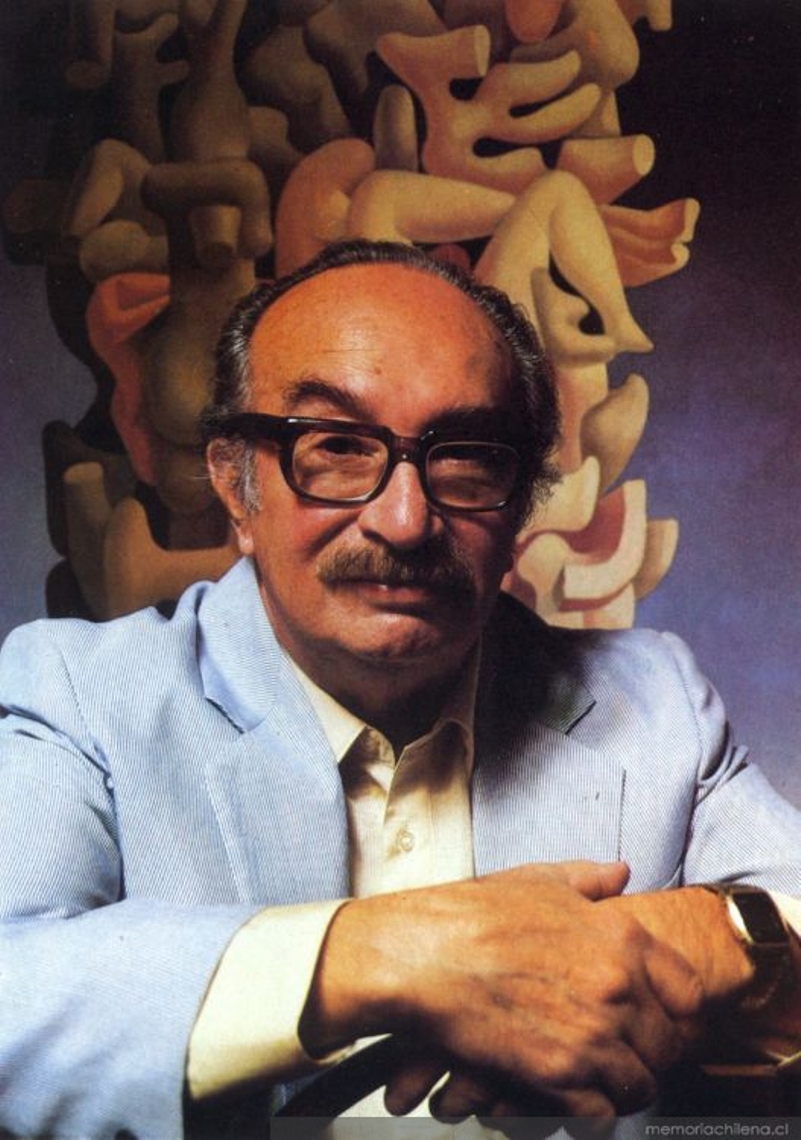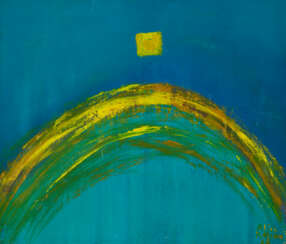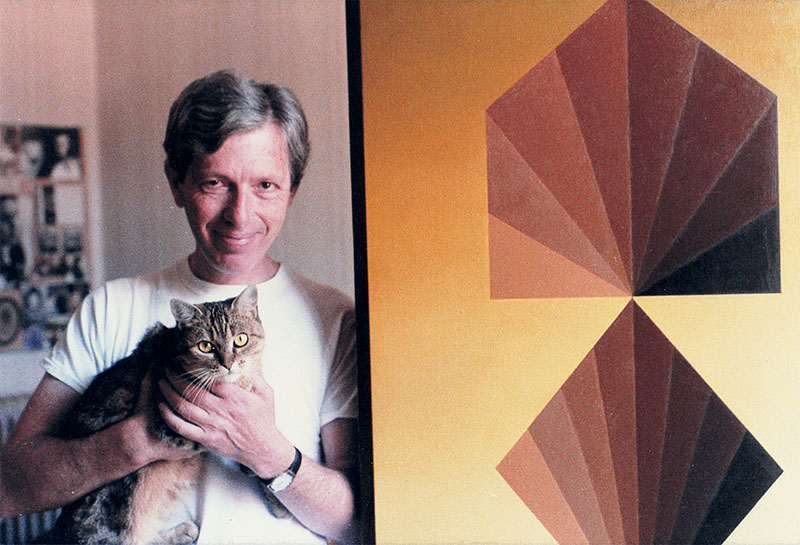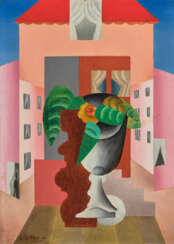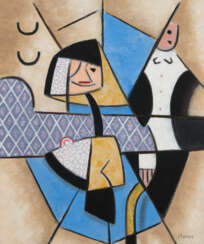абстракция картина маслом
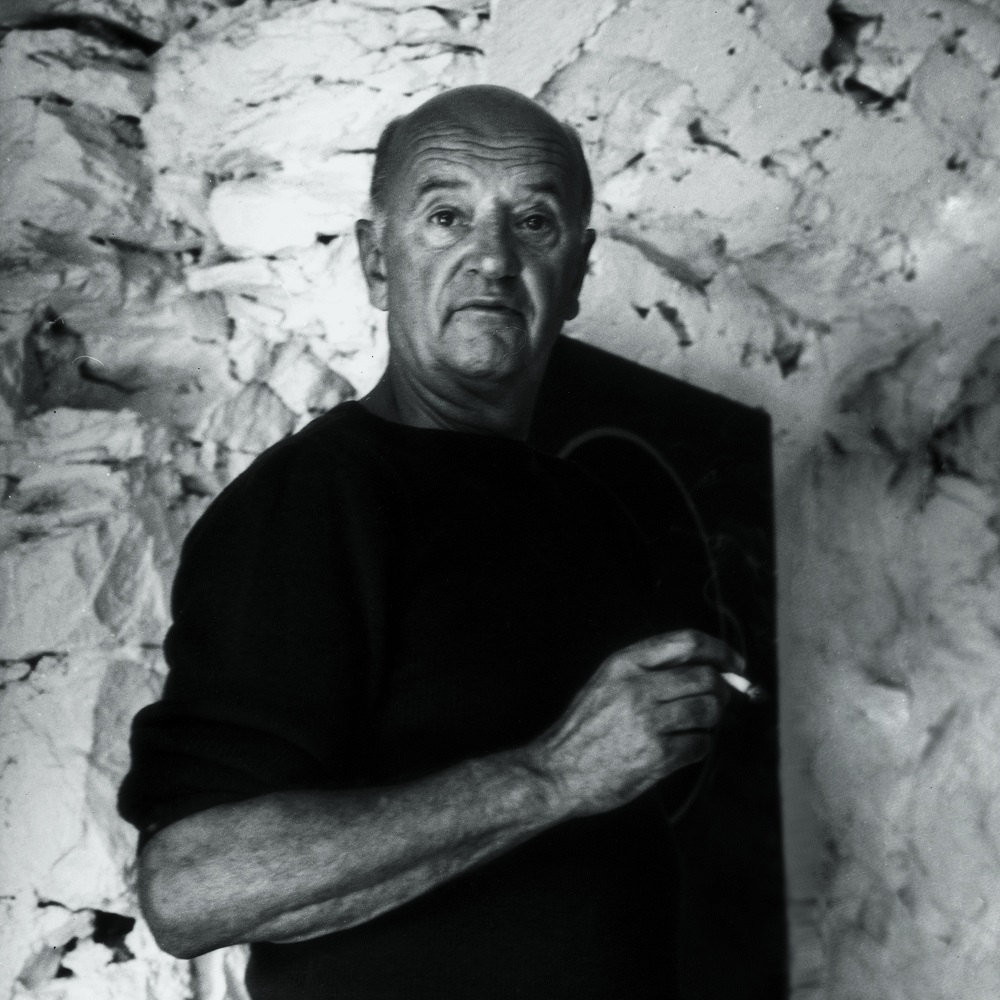
Jean Leppien (born Kurt Leppien) was a German-French painter.
From 1929, Leppien studied at the Bauhaus Dessau with Josef Albers, Wassily Kandinsky and Paul Klee. He lived in France since 1933, from where he was deported in 1944. After the war he stayed in France as Jean Leppien, where he exhibited at the Salon des Réalités Nouvelles. Leppien is one of the most important representatives of the Geometric abstraction in France. Stylistically, he is close to painters such as Alberto Magnelli, Jean Deyrolle, Michel Seuphor, Emile Gilioli and Aurélie Nemours.
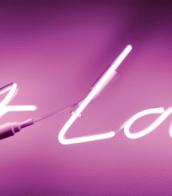

Jean Leppien (born Kurt Leppien) was a German-French painter.
From 1929, Leppien studied at the Bauhaus Dessau with Josef Albers, Wassily Kandinsky and Paul Klee. He lived in France since 1933, from where he was deported in 1944. After the war he stayed in France as Jean Leppien, where he exhibited at the Salon des Réalités Nouvelles. Leppien is one of the most important representatives of the Geometric abstraction in France. Stylistically, he is close to painters such as Alberto Magnelli, Jean Deyrolle, Michel Seuphor, Emile Gilioli and Aurélie Nemours.


Walter Dexel was a German painter, commercial graphic designer, and transportation planner. He also functioned as an art historian and directed a museum in Braunschweig during the Second World War.
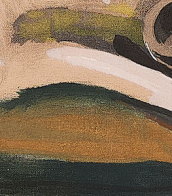

Jean Leppien (born Kurt Leppien) was a German-French painter.
From 1929, Leppien studied at the Bauhaus Dessau with Josef Albers, Wassily Kandinsky and Paul Klee. He lived in France since 1933, from where he was deported in 1944. After the war he stayed in France as Jean Leppien, where he exhibited at the Salon des Réalités Nouvelles. Leppien is one of the most important representatives of the Geometric abstraction in France. Stylistically, he is close to painters such as Alberto Magnelli, Jean Deyrolle, Michel Seuphor, Emile Gilioli and Aurélie Nemours.
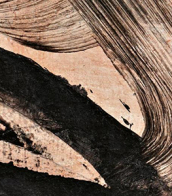
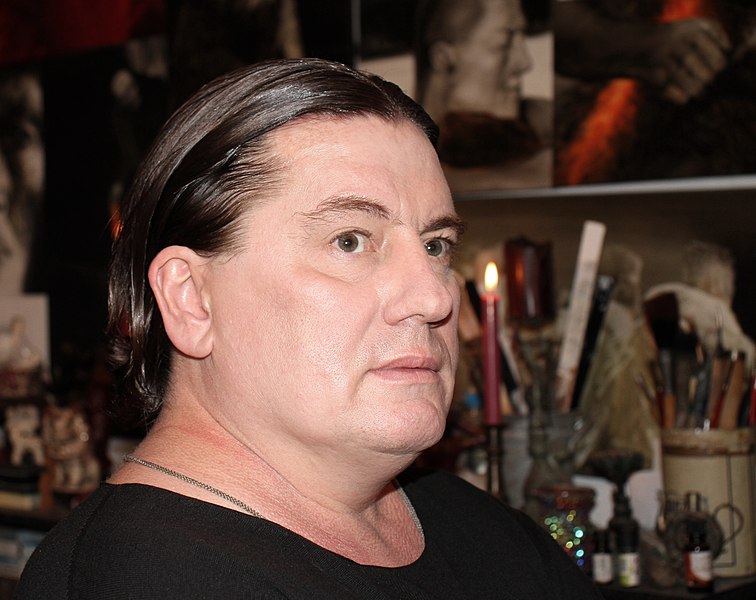
Igor Oleinikov is a German artist and painter of Russian origin, living and working in Berlin since 2007.
After graduating from the Krasnodar Art Academy the artist had his first exhibitions in Krasnodar and Moscow. Then, after moving to Germany, he studied at the Art Academy in Karlsruhe and at the Dusseldorf Academy of Art.
In magical portraits and hybrid compositions with wolves and other forest dwellers, Oleinikov uses the traditions of modernism, romanticism, including them in surrealist color and abstraction.
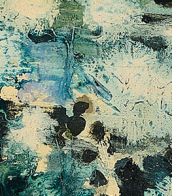
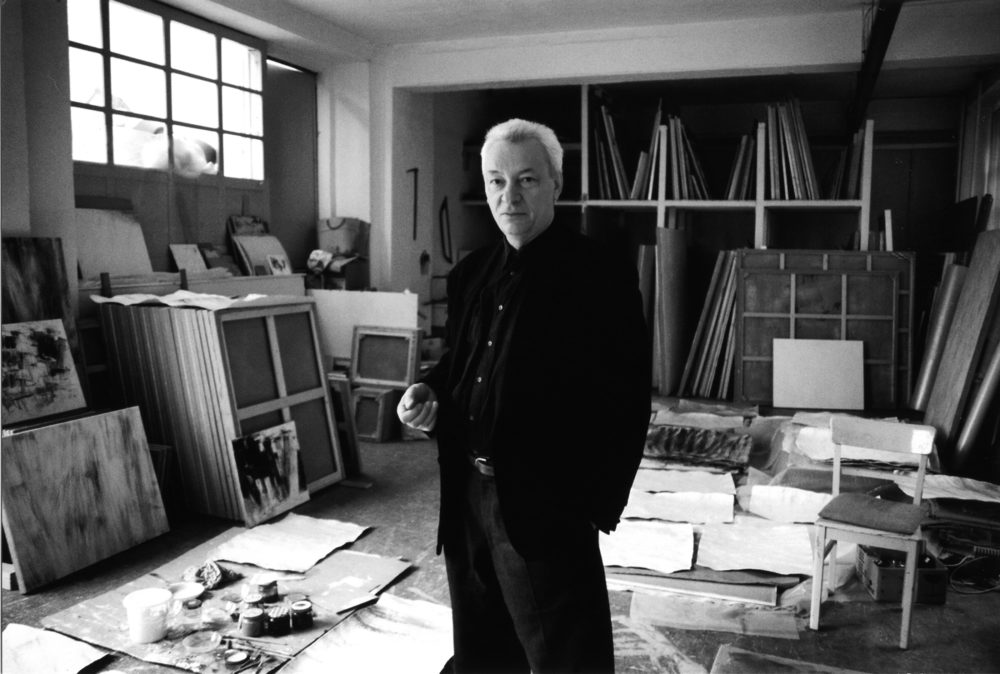
Raimund Girke is a German artist known for his minimalist and monochromatic abstract paintings. He was at the origin of analytical painting, participated in the 1977 edition of Documenta VI in Kassel, Germany, and is widely known for his explorations of white.
Raimund Hirke belonged to a generation of young European artists who overcame the subjectivism of abstract expressionism and sought new, objective, reductive expressions based on scientific and mathematical principles. Girke's paintings were characterized by loose compositions and a limited colour palette, often with subtle variations in shades of white or grey.

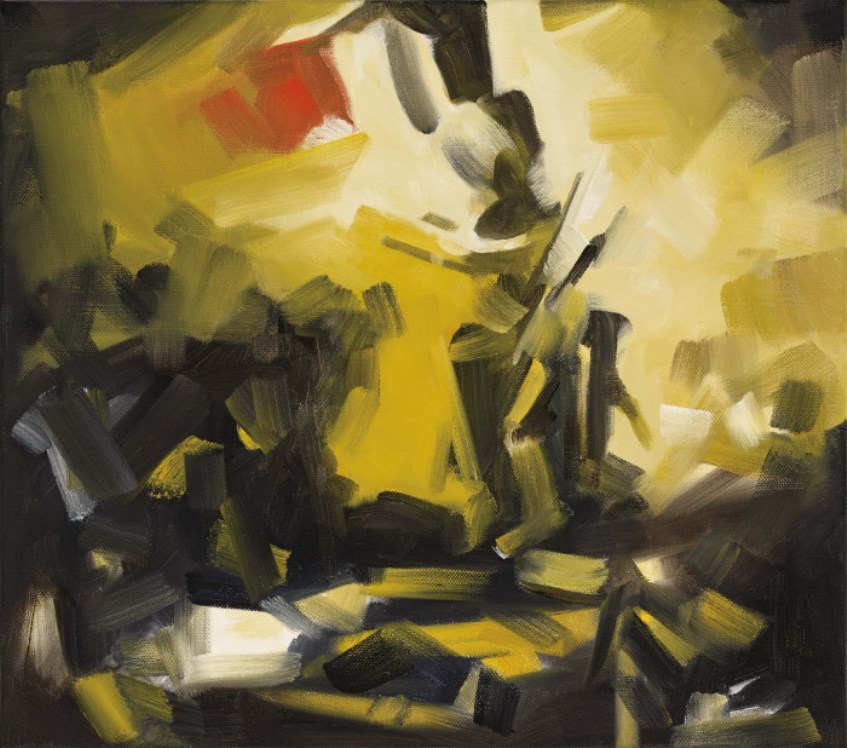
Michael van Ofen is a German artist who lives and works in Düsseldorf, Germany.
Van Ofen's works are based on well-known paintings from the nineteenth century. He takes them apart into pictorial elements and reassembles them like a mosaic or a puzzle, in the process creating a new work, alienated from its roots, but faithful to its original idea and form. The objects in the artist's works are divided down to the brushstrokes, they are usually dominated by a single color.

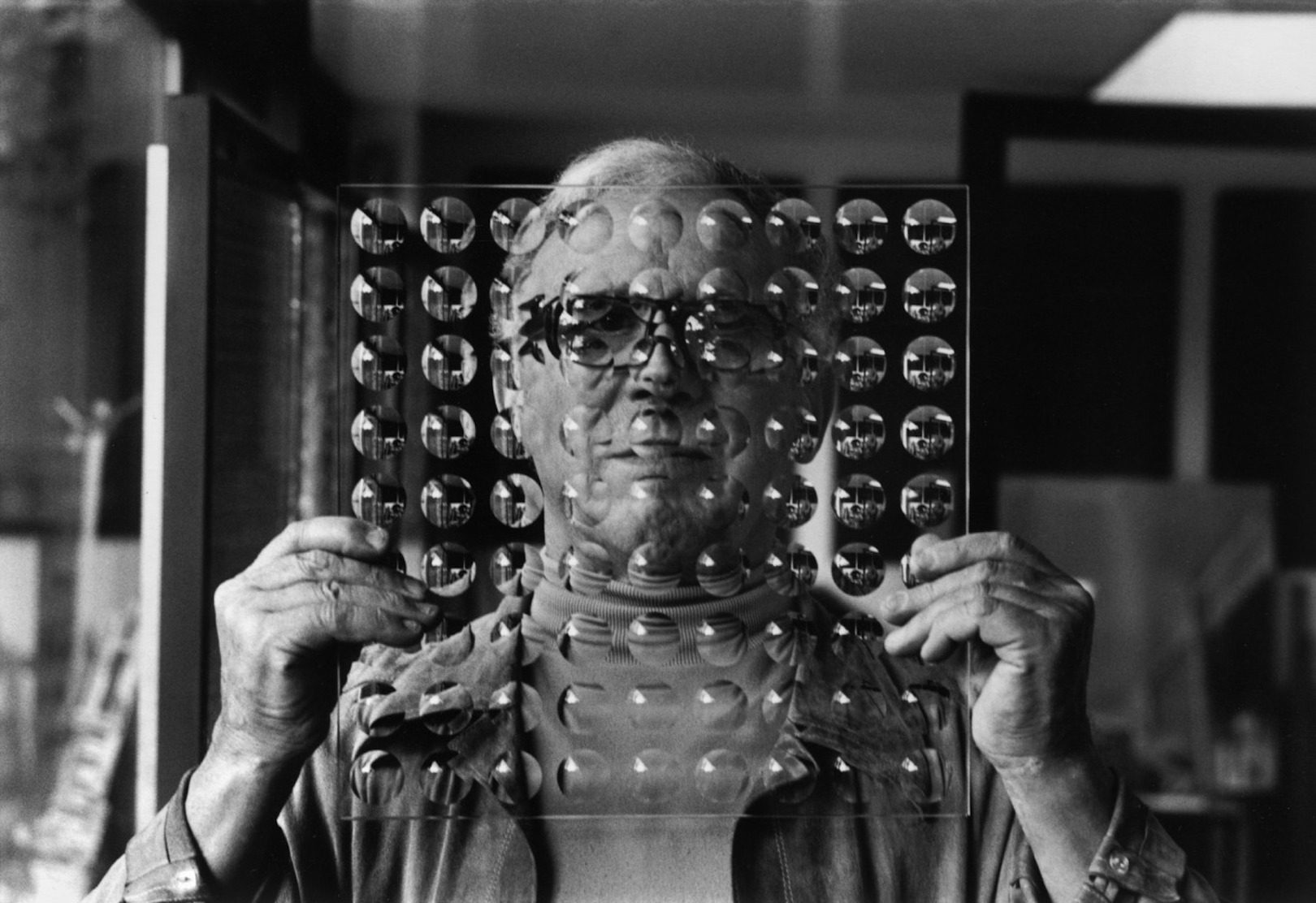
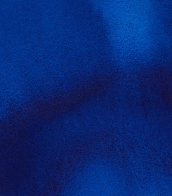
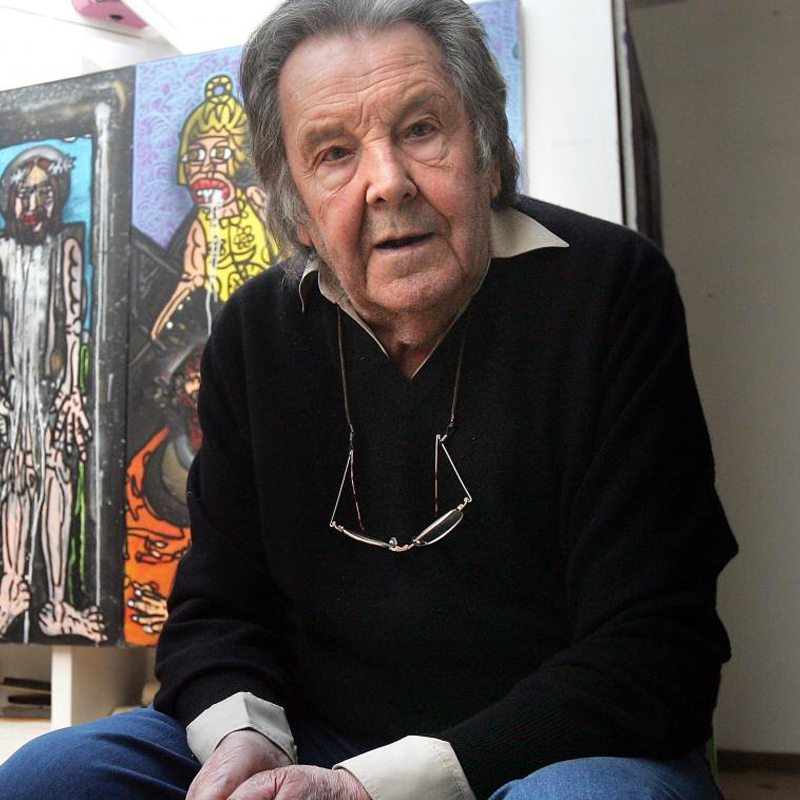
Ladislas Kijno is a French artist of Polish origin, one of the greatest abstractionists of the twentieth century.
In 1958 he moved to Paris and was accepted into the Salon de Mai committee. In Paris Kijno invented the technique of froissage - work with crumpled paper. During the same period the artist began experimenting with spray can paints, thus creating a synthesis between traditional painting techniques and modern inventions. Through the use of spray cans, Ladislas Kijno became known as one of the "spiritual fathers" of French street art.
In 1980 at the Venice Biennale Kijno exhibited 30 monumental paintings in the recognizable "crumpled" technique under the general title "Theater of Neruda".
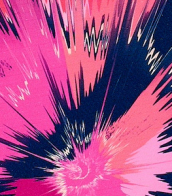

Heinz Trökes was a German painter, printmaker and art teacher.
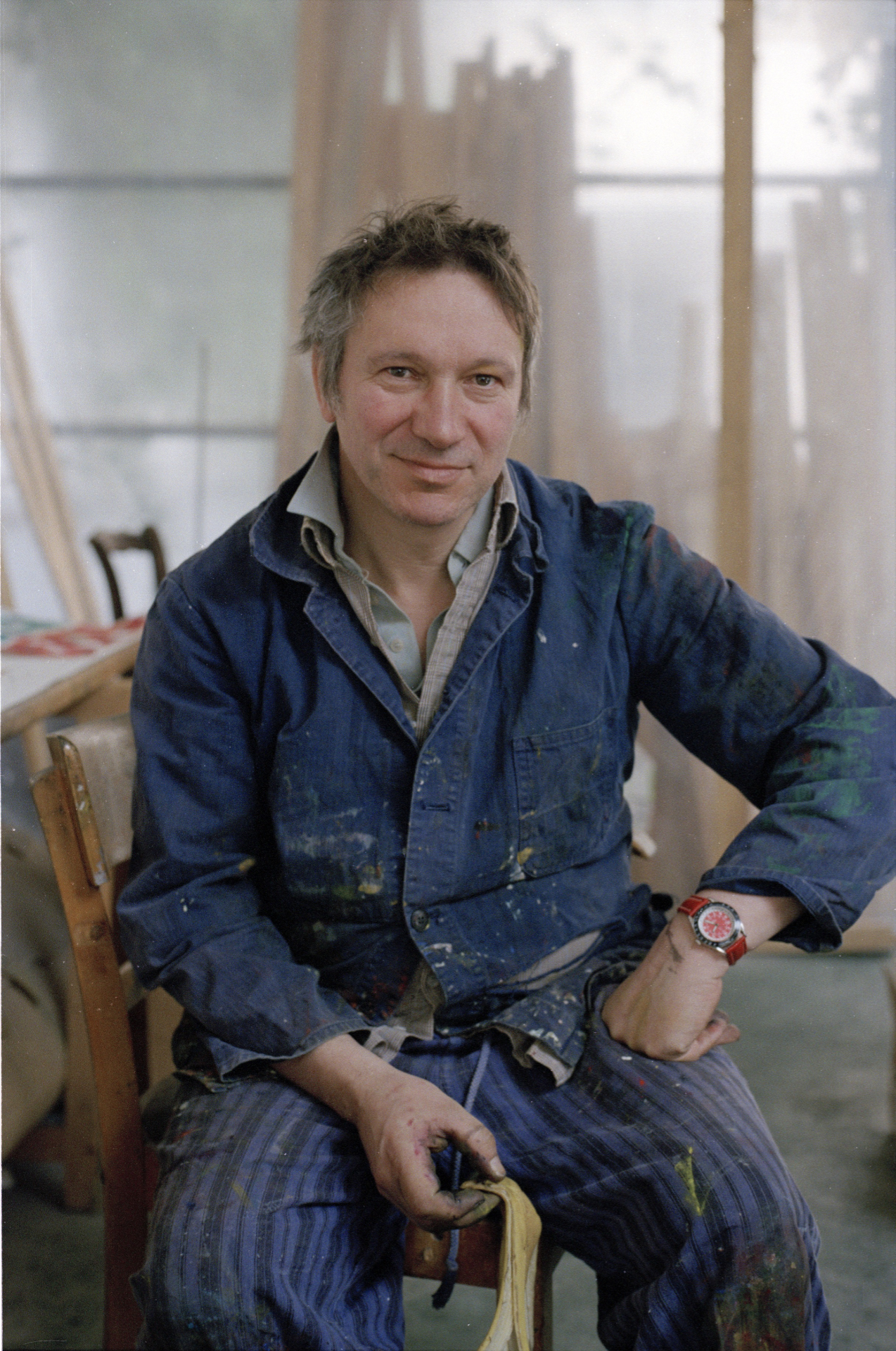
Norbert Prangenberg was an abstract painter, sculptor, and engraver. Though he had no formal training and did not fully engage with art until his 30s, Prangenberg did finally come up with a style that was uniquely his own, not fitting comfortably into the neo-expressionist or neo-geo movements of his time, in the 1970s and 1980s. At this time, he was considered a major figure in contemporary German art. Though he got his start with abstract paintings, he also became known for making sculptures of all sizes; and while his work initially appears abstract, the titles given sometimes allude to the human body or a landscape. As a trained gold- and silversmith, as well as a glassblower, he always showed an attention to materials and how they could be physically engaged with. He was interested in how his own two hands could affect the painting or sculpture's surface. Traces of the artist's hand appear literally throughout his entire oeuvre, before he lost the battle with liver cancer in 2012.
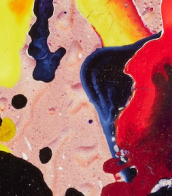
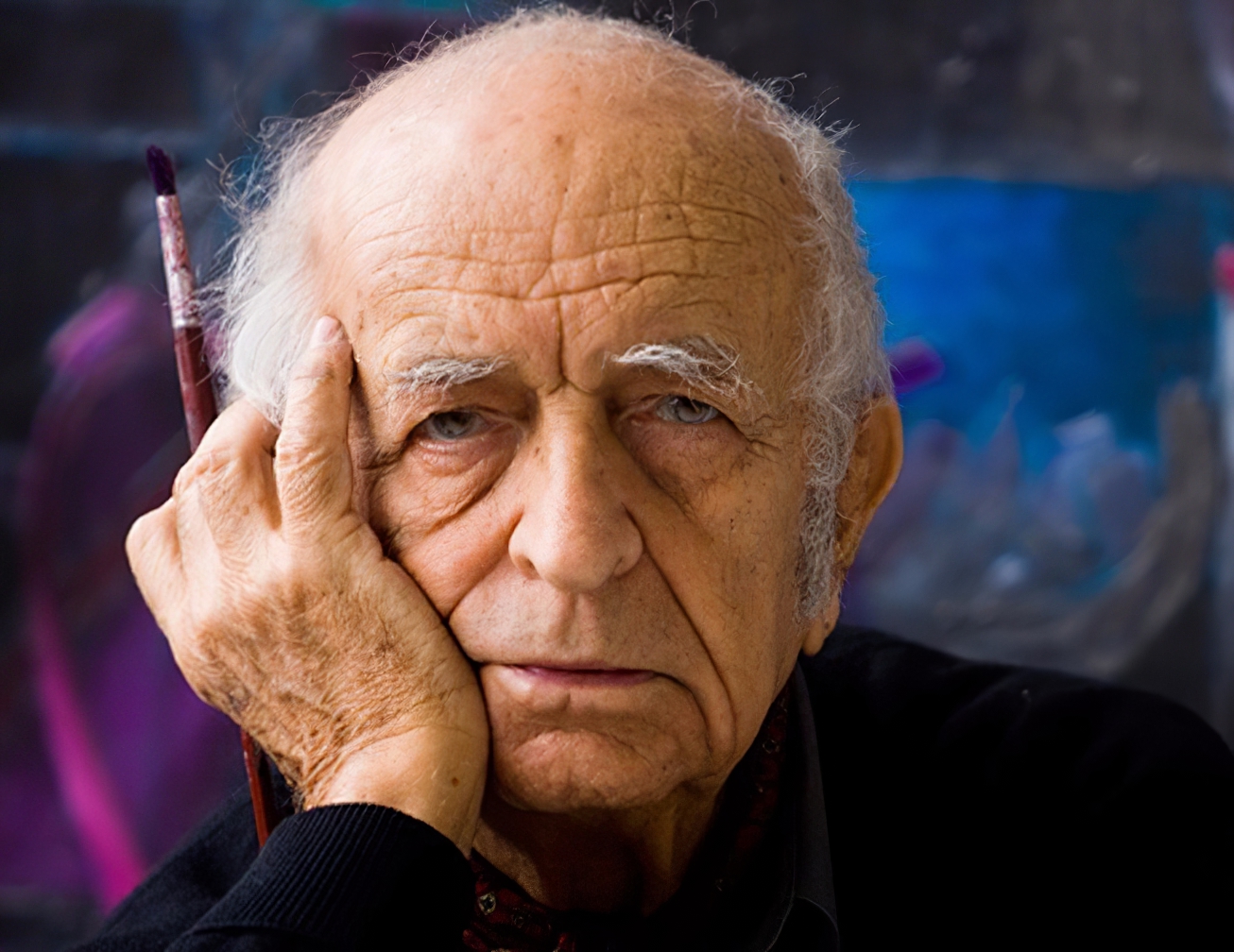
Fernando de Szyszlo Valdelomar was a Peruvian painter, sculptor, printmaker, and teacher who was a key figure in advancing abstract art in Latin America since the mid-1950s, and one of the leading plastic artists in Peru.
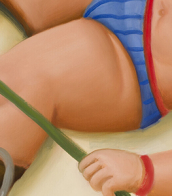

Alice Phillipot (Alice Rahon) was a French/Mexican poet and artist whose work contributed to the beginning of abstract expression in Mexico. She began as a surrealist poet in Europe but began painting in Mexico. She was a prolific artist from the late 1940s to the 1960s, exhibiting frequently in Mexico and the United States, with a wide circle of friends in these two countries. Her work remained tied to surrealism but was also innovative, including abstract elements and the use of techniques such as sgraffito and the use of sand for texture. She became isolated in her later life due to health issues, and except for retrospectives at the Palacio de Bellas Artes in 1986 and at the Museo de Arte Moderno in 2009 and 2014, she has been largely forgotten, despite her influence on Mexican modern art.

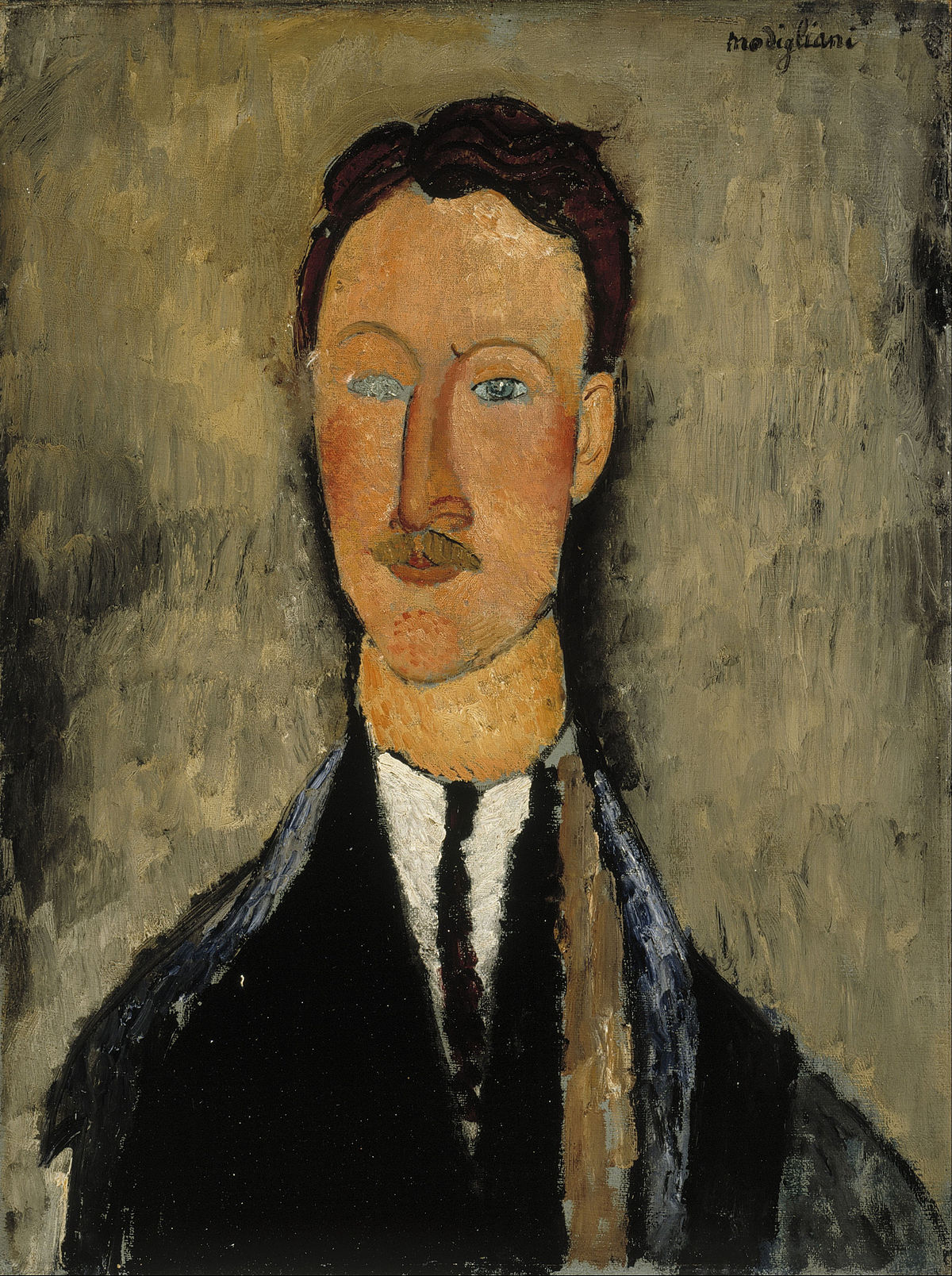
Léopold Survage was a French painter of Finnish origin. Trained in Moscow, he identified with the Russian avant-garde before moving to Paris, where he shared a studio with Amedeo Modigliani and experimented with abstract movies. He also gained commissions for Serge Diaghilev's Ballets Russes.
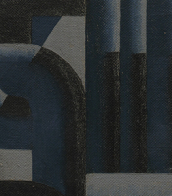
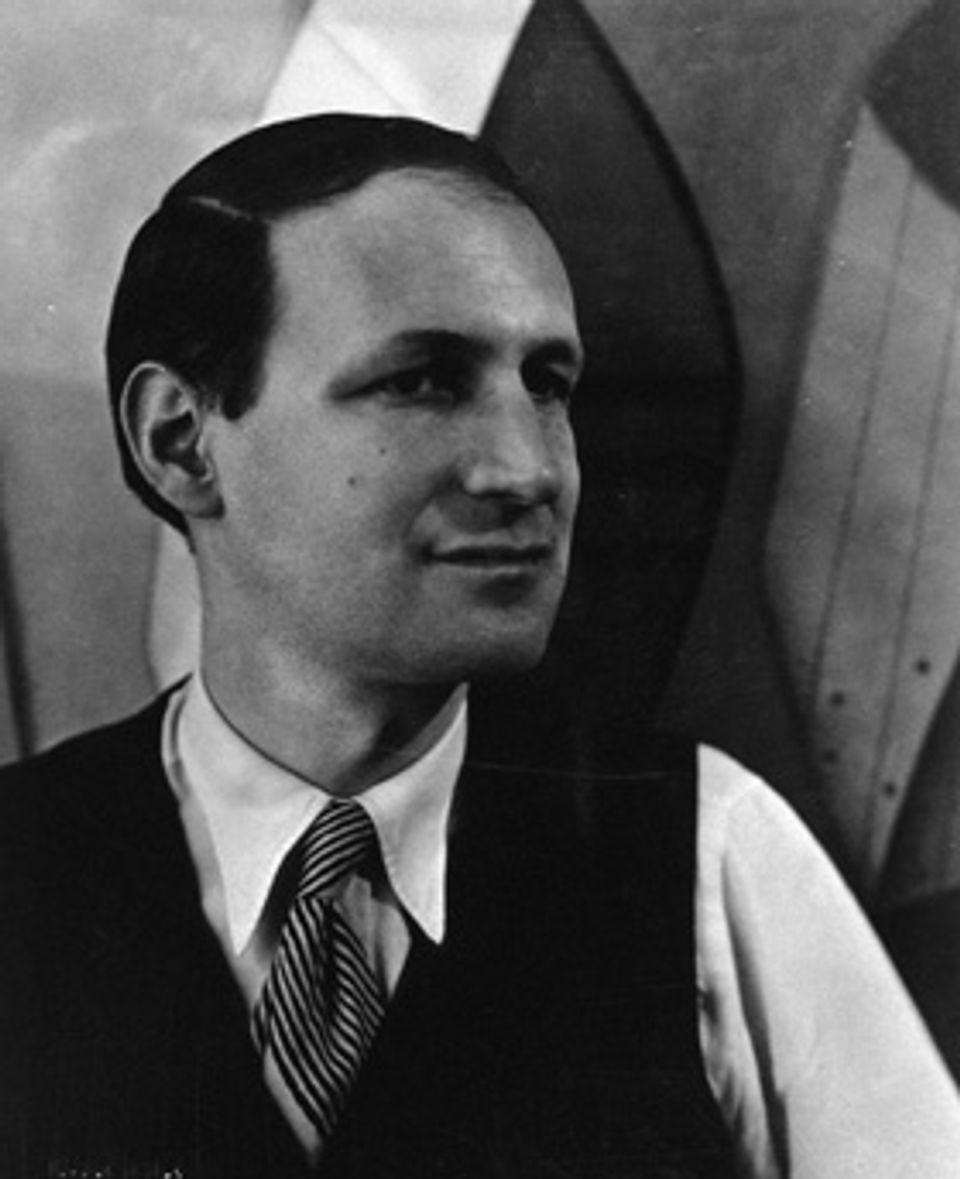
George Lovett Kingsland Morris is an American artist and designer best known for his work in the style of abstract expressionism.
Morris began his career as a cartoonist and illustrator for magazines and advertising agencies, but later moved on to painting and abstract painting in particular. In the 1930s he was one of the founders of the Abstract Art League, which promoted abstract expressionism in the United States. In the 1940s Morris was a major contributor to the Abstract Expressionist movement in New York.
Many of Morris's works, including his paintings, drawings, and graphics, are in the permanent collections of the Museum of Modern Art in New York, the Guggenheim Museum, and the New York Public Library.
